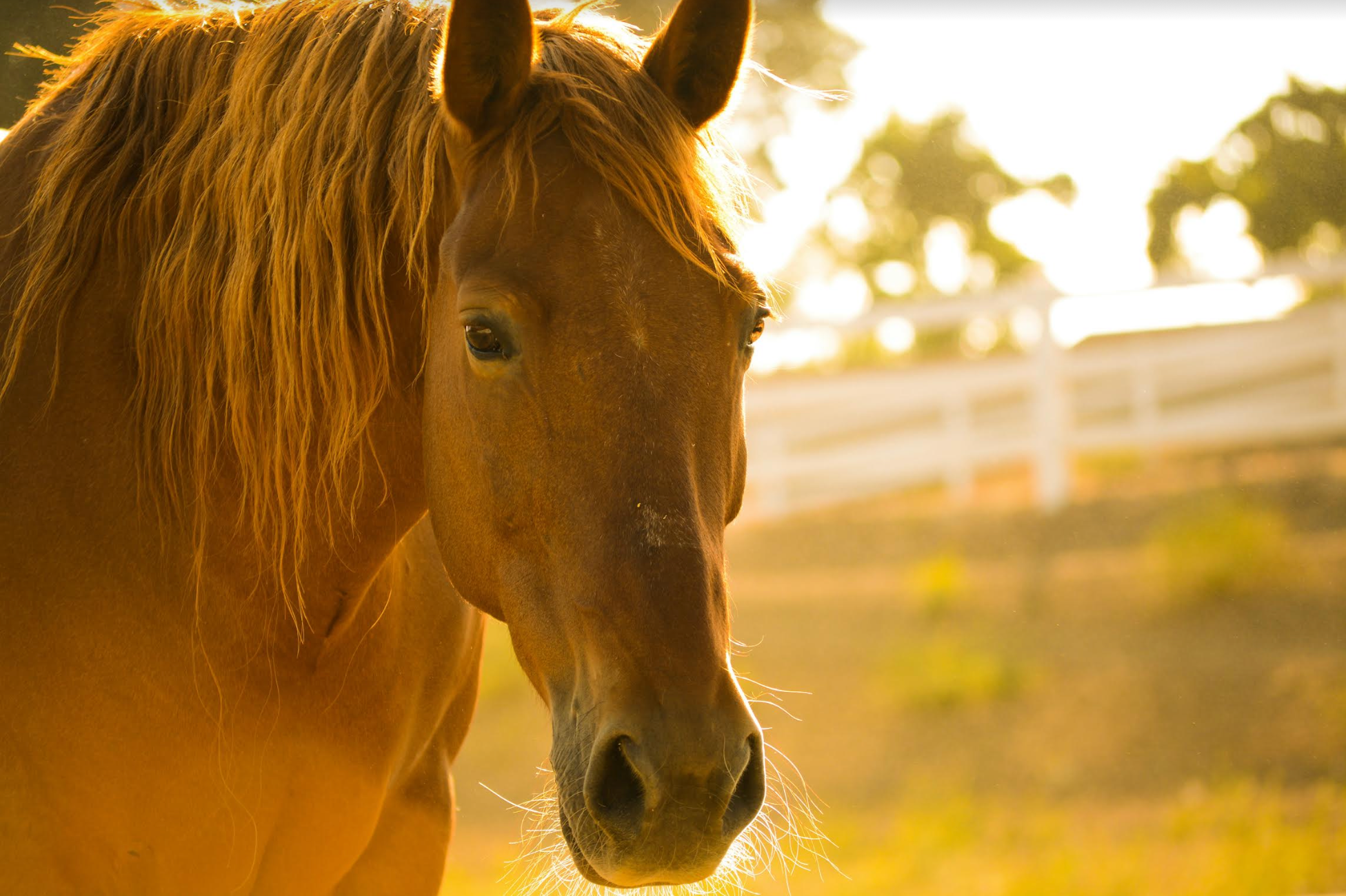TACKSMITH JOURNAL

Essential Horse Riding Tips for Beginners
Horse riding can be a thrilling and rewarding experience but it can also be daunting for newcomers.
Here are some essential tips to help you get started on the right hoof:
Choose the right horse
Selecting a calm, well-trained horse is crucial for beginners. Look for a horse that matches your experience level and is known for its gentle demeanor.
Tacksmith gear
Wearing the proper gear will help prevent some problems. You should also invest in quality riding boots, quality stirrups bits, a comfortable helmet and appropriate clothing. Safety should always come first!
Learn basic commands
Familiarize yourself with basic cues like “walk,” “trot,” and “whoa” before your lessons. Understanding these commands will ultimately build trust with your horse and enhance your riding experience.
Posture is key
Maintain an upright posture with relaxed shoulders and heels down. This will not only improve your balance but it’ll also make riding more comfortable for you and the horse.
Relax
Horses can sense tension. Take deep breaths and stay calm; your horse will respond better if you’re calm.
Get to know your horse
Every horse has their own personality and quirks. Spend time getting to know your horse's likes and dislikes to enhance your partnership -- elevating your riding experience.
A Beginner Guide to Western Riding
Understanding Horse Stirrups: What They Are and Their Purpose
Essential Horse Riding Tips for Beginners
Horse riding can be a thrilling and rewarding experience but it can also be daunting for newcomers.
Here are some essential tips to help you get started on the right hoof.
Exploring Western Riding Styles: A Blend of Tradition and Technique
Exploring Western Saddles: Types and Their Uses
History of Barrel Racing
Barrel racing is a fast-paced rodeo event that showcases the agility and speed of both horse and rider. Its roots trace back to the early 1930s in Texas, where it began as a women's sport to add variety to the male-dominated rodeo scene. The initial competitions involved a figure-eight pattern, which later evolved into the cloverleaf pattern that is standard today.